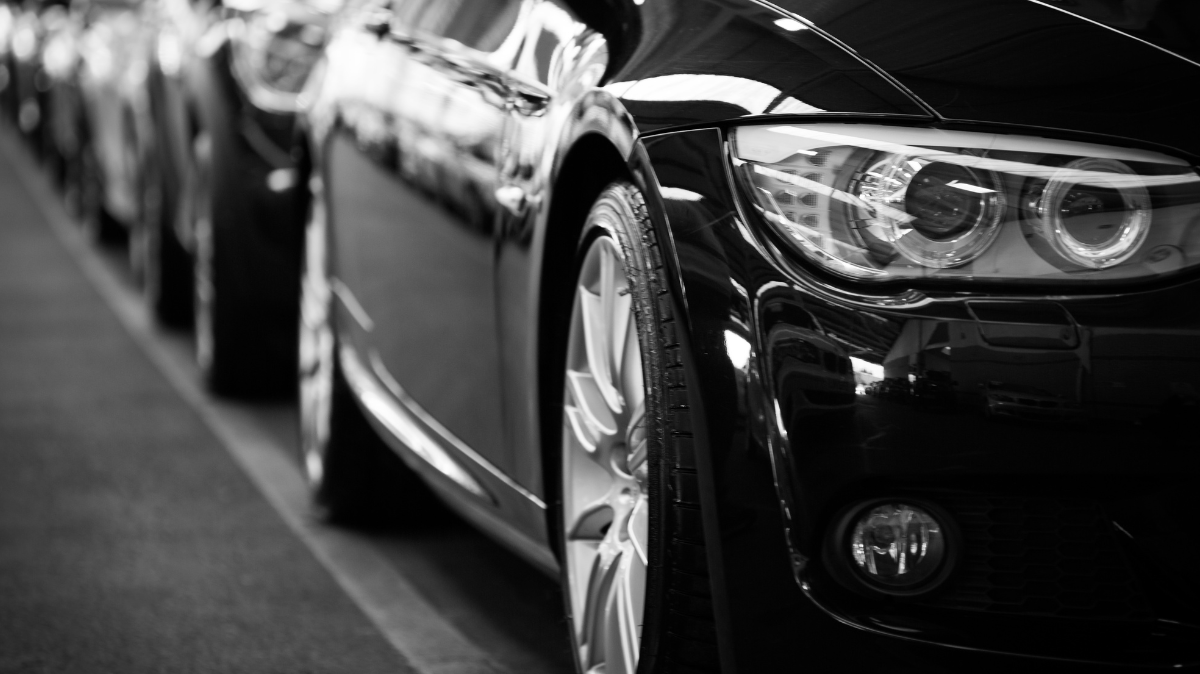1 January 2025 will introduce the main turning point for Paris mobility. The ban on classified Crit’Air 3 vehicles in the A86 motorway will receive around 560,000 ile -e -e -e -frane motorists. This measure is a continuation of the gradual layout of the low mobility emissions (ZFE-M), which aims to improve the air quality in the capital and its nearby suburbs. Owners of gasoline cars registered before 2006 and diesel before 2011 will have to adapt to this new reality.
Unprecedented impact on the ile -e -e -fece fleet
Unlike previous restrictions on Crit’Air 4 and 5, this new step will affect a much larger part of the fleet. According to the Paris Urban Planning seminar, nearly 22% of vehicles will currently be influenced in île-de-French. This measure is a considerable challenge for both motorists and authorities responsible for its application.
After three consecutive reports since 2022, this ban now becomes necessary. The Climate and Resistance Act adopted in 2021 requires its application without a new delay. This decision is based on several disturbing environmental factors: chronic exceeding European nitisial oxide thresholds, multiple convictions of France by European justice and by 2050 by 2050.
Despite the size of the measure, the control system remains limited. According to the latest budget information from the metropolis, only eight radars “identified sicules” will be functional in 2026. On the other hand, experience with previous restrictions shows that a high proportion of motorists expects these changes. Between 2022 and 2023, the number of Crit’Air 4 and 5 vehicles circulates by 31,000 units in the area and testified to the progressive adaptation of users.
Unevenly accessible mobility alternatives
In the face of this immediate ban, alternative solutions develop, but remain unevenly distributed. The transition to electric vehicles proceeds with 42,000 clean cars now in circulation in île-de-French. On the other hand, this development reveals significant social differences. According to a recent InsEE study, 68% of electric vehicles are in higher soci -professional categories.
Several obstacles still slow massive acceptance of electricity: the average purchase price of EUR 35,000 (compared to EUR 23,000 per equivalent thermal vehicle), charging time around 45 minutes at public terminals and reduced autonomy during the winter season. These technical and financial restrictions limit access to this solution for many modest households.
Public transport of ile -de -de -France also has significant development. By 2026, fifteen new electric bus lines will be put into operation, while in 2025 the Reer E will be extended to Mantetes-Lo-Joly. Carpool also gains popularity with 230,000 users on reserved platforms. The cycle infrastructure continues to expand and announced another 200 kilometers of warehouses in the next few years.
A social fracture that increases
This forced ecological transition emphasizes deep territorial and economic inequality. The inhabitants of suburban areas, often forced to long -term long journeys, find themselves particularly affected. For many people, the acquisition of a newer vehicle is a significant investment, despite conversion bonuses up to 5,000 euros.
The execution of this ban brings the main organizational challenges for local authorities. When preparing the necessary infrastructure, they must effectively inform motorists. Drivers show a growing desire to follow the rules, as shown in the expected decline in the registration of the vehicles concerned since the measure notification.
This tension between ecological imperatives and economic reality of less popular households raises issues of social justice. If the goal of improving the quality of the Paris air remains indisputable health, calendar and methods of application questions. The effectiveness of support measures designed for the most vulnerable populations will largely determine the social acceptability of this transition.
Toward discovered mobility ile -e -e -france
The ban on Crit’Air 3 vehicles represents a real rocking point in the mobility policy ile -e -france. In addition to immediate restrictions, this measure accelerates deep transformation of the shift habits. A remarkable boom in clean vehicles (+162% between 2020 and 2023) shows collective consciousness and progressive adaptation to the new environmental requirements.
The success of this transition will largely depend on the capacity of public authorities to offer a solution adapted to all categories of the population. Supporting uncertain households and accelerated deployment of alternative infrastructure will form keys to a successful and socially acceptable transformation. The future of mobility ile -de -de -France today appears through these technical, economic and social challenges that again define our relationship to urban travel.
